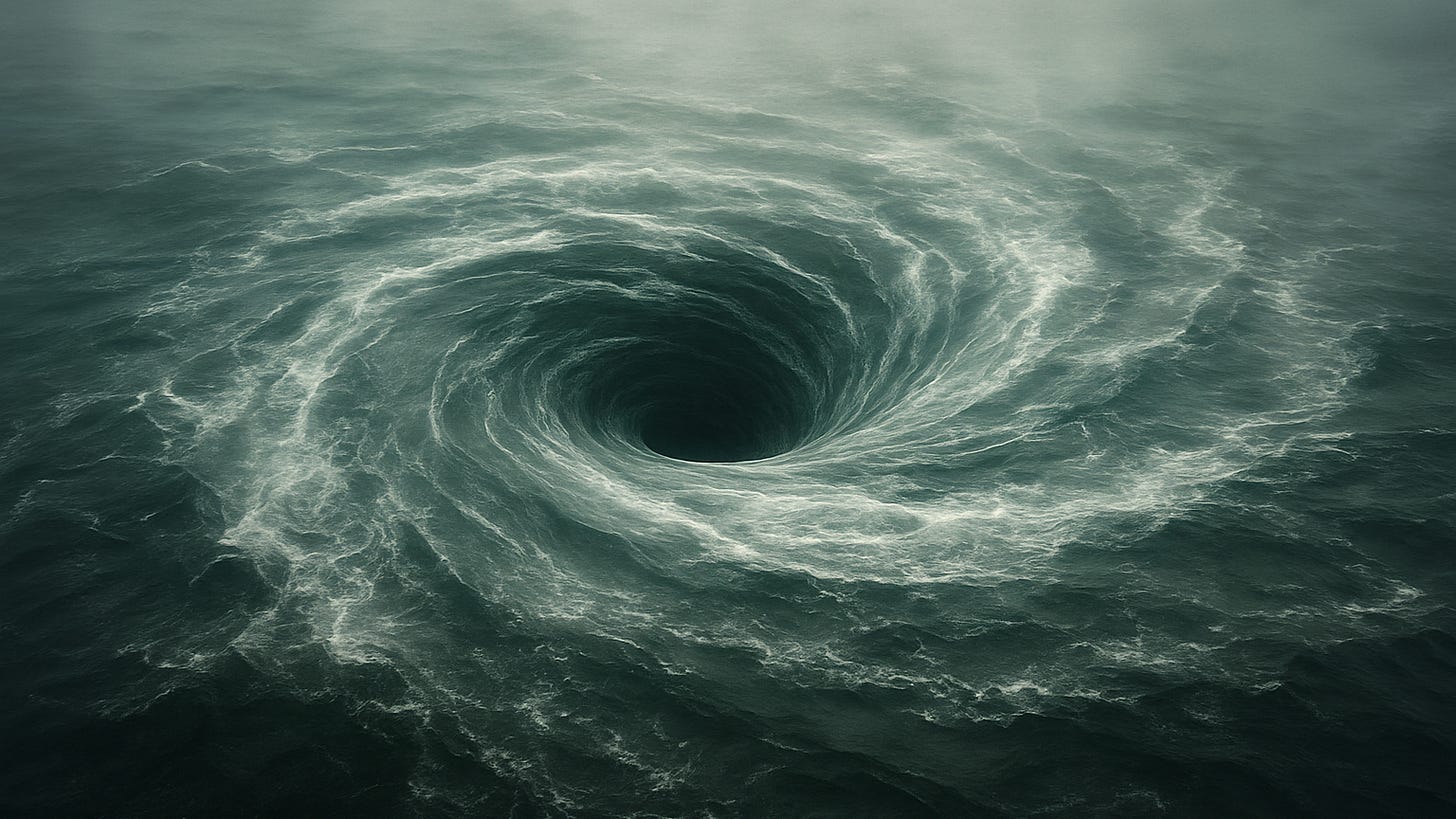Inter-Tribal Marriage and Mythology of Ancient Japan
Ancient Layers Revealed by Toyotamahime
This time, we will explore the mythological structures hidden within ancient layers, focusing on a very intriguing himekami, Toyotamahime (豊玉比売). According to Japanese mythology, Toyotamahime appears as a himekami who married into the lineage of the Amatsukami (天つ神) and gave birth to Ugayafukiaezu (鵜葺草葺不合命), who was the father of Japan’s first emperor, Emperor Jinmu. In other words, she was Emperor Jinmu’s grandmother. It is said that when Toyotamahime went into labor, she declared, “I cannot give birth to a divine child of the Amatsukami in the ocean,” and voluntarily traveled north along the sea route, entered a cave on the coast, and constructed a birthing hut where she delivered Ugayafukiaezu.
The site of this legend remains today at the majestic Udo Shrine (鵜戸神宮), situated on a steep cliff in southern Kyushu. I have personally visited this shrine and felt that it preserves extremely ancient customs. Given the geographical environment of Udo Shrine, it seems plausible that Toyotamahime’s origins may trace back to the southern Ryukyu Islands region. I am currently investigating this possibility and plan to deepen my understanding over the next three years.
The kami whom Toyotamahime married was Yamasachihiko (山佐知毗古). In the divine age (神代), kami often had numerous names, and thus this deity is also called Hoori (火遠理命). Hoori’s lineage traces back to his father Ninigi (邇邇芸命), whose own father was Oshihomimi (天忍穗耳命), born from the divine pact between Amaterasu (天照大神) and Susanoo (須佐之男命). At the time of Oshihomimi, the Amatsukami had not yet descended from the Takamanohara (高天原) to the Ashihara-no-Nakatsukuni (葦原中国), known as the “Tenson Kōrin” (天孫降臨).
The accounts of this descent in the Kojiki and Nihon Shoki generally align, but attention must be given to differences in the portrayal of the deity who commanded Ninigi to descend. The Kojiki records that Ninigi descended from Takamanohara to rule Ashihara-no-Nakatsukuni by the command of the heavenly deity Amaterasu. In contrast, the Nihon Shoki attributes the command to Takamimusubi (高御産巣日神), a heavenly deity who greatly cherished Ninigi. This divergence suggests that the Amatsukami cannot be viewed simply as a single unified lineage but instead indicate a more complex ancestral structure from ancient layers. From a broader perspective, I personally interpret the Amatsukami as divided into two distinct lineages: the “Takamimusubi lineage” and the “Amaterasu lineage,” each originating from significantly different tribal roots.
On the other hand, Ninigi is positioned as the child of Oshihomimi, who himself was considered Amaterasu’s offspring, through his marriage to Takuhatachijihime (栲幡千千姫命), the daughter of Takamimusubi. Ninigi was thus born in Takamanohara. This indicates that within Takamanohara, an inter-tribal marriage occurred between the “Amaterasu lineage” and “Takamimusubi lineage,” exemplified by the union of Ninigi and Takuhatachijihime, clearly representing a marriage between distinct clans. Notably, this inter-tribal marriage took place on the plane of Takamanohara, with both Amaterasu and Takamimusubi positioned as Amatsukami. However, Japanese mythology assigns Takamimusubi a special position as a “Koto-Amatsukami” (別天つ神), thereby expressing the utmost reverence and placing him in a particularly elevated divine rank. The ancient layer depicted here suggests that before migrating to the Japanese archipelago (Ashihara-no-Nakatsukuni), tribal groups from the ancient continent had already formed inter-tribal genealogies.



